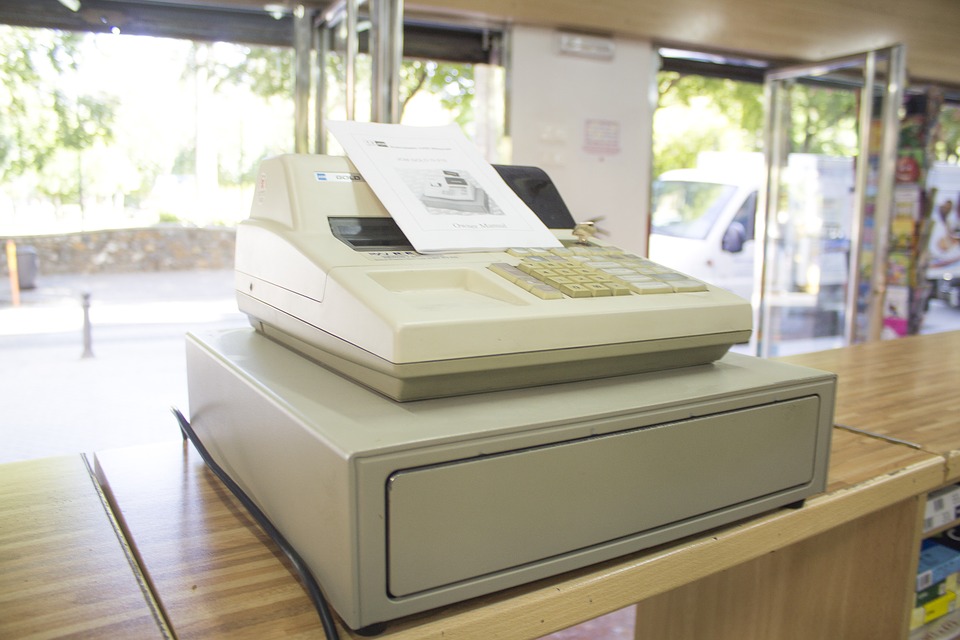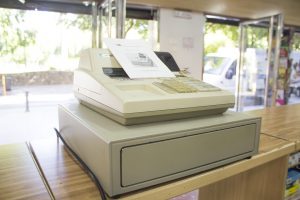
How to Record Cash Sales in Quickbooks
 In recent decades, credit cards have become the preferred method of payment among consumers. When buying a product or service, most consumers prefer to pay using a credit card. But while it’s the most common type of payment, it’s not the only option available for consumers. Many consumers still pay using cash. As a business owner, you must properly record these cash sales so that they won’t throw off your financial records. Using the Quickbooks accounting software, you can easily record cash sales in just a few simple steps.
In recent decades, credit cards have become the preferred method of payment among consumers. When buying a product or service, most consumers prefer to pay using a credit card. But while it’s the most common type of payment, it’s not the only option available for consumers. Many consumers still pay using cash. As a business owner, you must properly record these cash sales so that they won’t throw off your financial records. Using the Quickbooks accounting software, you can easily record cash sales in just a few simple steps.
Handling cash transactions in Quickbooks requires a different approach than credit card, debit card and check transactions. When you receive payment from a customer, you typically record the payment immediately when you receive payment. If a customer pays using cash, however, you can wait until the end of the day to record the payment. This involves creating a Sales Receipt template for each day during which you received at least one cash payment from a customer.
To create a Sales Receipt template in Quickbooks, you’ll also need to create a Products/Services with various account types, including sales category, sales tax, overage/underage and cash. Basically, you want to record all of the sales as positives and all the cash payments that you’ve received from customers as negatives. At the end of the day, you can compare these numbers to ensure that the balance equals zero. The total amount of your positives should be the same as your negatives. If your positives for the day are higher than your negatives, this indicates an underage — meaning your cash register is short and you didn’t receive all the payments from your customers for the day.
A typical sales receipt in Quickbooks lists the sales amount, sales tax and cash payment. The sales amount and sales tax are positive, whereas the cash payment amount is negative. When you add the items together, they should equal zero. If it’s not zero, you made an error and should go back to try and identify it.
After creating a sales receipt, go back to your Quickbooks account and access the “Undeposited Funds” section, at which point you can record the deposit amount. This, of course, is the amount of money from the cash payment that you deposited into your back account. For more help on creating recurring templates, including Sales Receipt templates, in Quickbooks, check out this Intuit article.
Did this tutorial work for you? Let us know in the comments section below!
